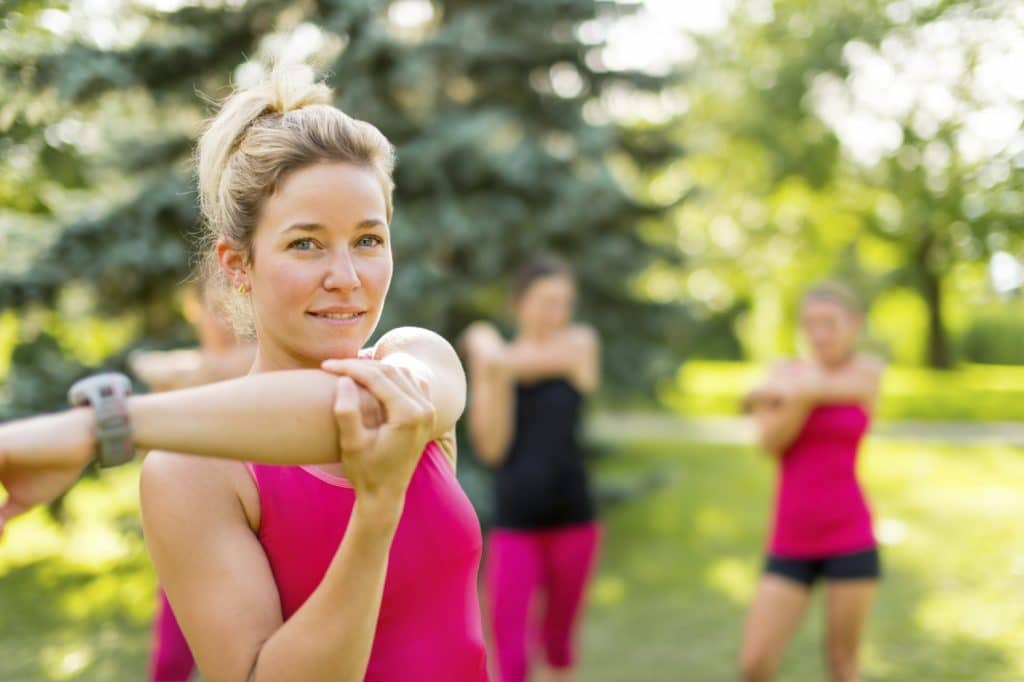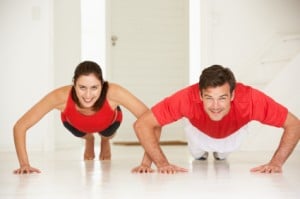 Staying Active is NEAT
Staying Active is NEAT
Staying active is NEAT! What does that mean you’re probably asking, right? NEAT is an acronym for non exercise activity thermogenesis. NEAT is calorie expenditure of all physical activity that is not considered exercise where exercise is defined as bodily exertion for the purpose of developing physical fitness. So NEAT is the total amount of calories you spend moving your body around excluding those calories spent while exercising. NEAT is a way of gauging how active you are when you are not exercising. So we have now defined NEAT a few different ways.
Why is NEAT Important?
Your body is doing one of two things at any one time. Either it is storing energy (calories) or it is burning calories. And, whether it spends more time storing calories or burning calories determines whether you gain weight or lose weight though there is more to weight loss than merely calories in – calories out. NEAT is a way to burn more calories when you are not exercising and improve you chance of maintaining or losing weight.
There are three components to our daily energy expenditure or three ways we burn calories. They are:
- basal metabolic rate
- thermic effect of food
- activity thermogeneis
Basal Metabolic Rate
Basal metabolic rate is the energy burned to fuel core body functions. Basal metabolic rate is measured at rest and without food. It is the energy we burn simply to exist. It represents the calories we burn to pump blood to vital organs, to breath, regulate body temperature, to think, and the calories the liver and kidneys and other organs spend doing what they are supposed to do, and so on. Basal metabolic rater (BMR) is sometimes referred to as resting metabolic rate or RMR, which we discussed Want to Know Why You Cannot Lose Weight? [This Might Surprise You]
Basal metabolic rate is largely (almost exclusively) determined by body size. In other words, you do not and cannot control it. The bigger you are, the higher your basal metabolic rate. In a sedentary person basal metabolic rate accounts for 60% of calorie expenditure.
Thermic Effect of Food
Believe it or not, but we burn calories eating. We do so by burning calories to chew food and then our gastrointestinal tract churns calories as the stomach churns and breaks down food further, and our small intestines burn calories absorbing nutrients that get delivered by the bloodstream to other parts of the body. And, our livers burn calories storing some of the calories for later use. All of this in known at the thermic effect of food.
The thermic effect of food does not vary much from person to person and accounts for 10% of calorie expenditure in a sedentary person. We can tweak the thermic effect of food some, though, by what eat as we discussed in our article, Thermal Effect of Food: How to Eat to Become Thinner.
Activity Thermogenesis
Physical activity accounts for the remaining 30% of energy expenditure. We don’t control basal metabolic rate and have little influence on the thermic effect of food, But, we have much control on activity thermogenesis. This is where the money is. Activity thermogenesis can be subdivided into:
- exercise activity thermogenesis
- non exercise activity thermogenesis
Guess what? Across the globe exercise activity thermogenesis approaches zero when we consider our earlier definition of exercise as bodily exertion for the purpose of developing physical fitness. The reality is most people do not specifically exercise to improve fitness. Some don’t need to because their non exercise activity is high enough to maintain a healthy weight. Plus, the average daily calorie consumption for the minority who do exercise is only felt to be 100 calories a day. Hardly worth talking about.
HERE IS THE TAKE HOME MESSAGE: There can be a 2,000 daily energy expenditure difference between two people of similar size. Since basal metabolic rate would be the same, the thermic effect of food nearly identical, and activity thermogenesis near zero for both, the 2,000 daily calorie difference between the two individuals is almost exclusively related to NEAT. That is how powerful or important NEAT can potentially be.
SECOND TAKE HOME MESSAGE: What may be more important in terms of daily calorie consumption is not how much you exercise, but how much you don’t sit. Make sense?
Non exercise thermogenesis activity can be subdivided further into:
- occupational NEAT
- leisure NEAT
Occupational activity is the main determinant of NEAT as we typically spend more time at work than we in leisure activities. But, here’s the problem. So many of our occupations are sedentary making occupational NEAT difficult to manipulate. Below are some examples of energy expenditure for some jobs and scenarios.
- 300 calories a day are burned if chair or bed bound.
- 700 calories a day are burned with seated work an no option of moving.
- 1,000 calories a day are burned with seated work with some movement required.
- 1,400 calories a day are burned with standing work (cashier).
- 2,300 calories a day are burned with strenuous work (farming).
 Let’s just compare the 1,400 calories a day burned by a cashier and the 1,000 calories a day burned by an administrative assistant. Take the 400 calorie a day difference and multiply by 5 days in a work week and 48 weeks worked a year and there is a difference of 96,000 calories. Divide that by the so-called 3,500 calories in a pound and you come up with a total of 27.4 pounds for the year. So just a little extra movement a day can make a tremendous difference over the course of the year.
Let’s just compare the 1,400 calories a day burned by a cashier and the 1,000 calories a day burned by an administrative assistant. Take the 400 calorie a day difference and multiply by 5 days in a work week and 48 weeks worked a year and there is a difference of 96,000 calories. Divide that by the so-called 3,500 calories in a pound and you come up with a total of 27.4 pounds for the year. So just a little extra movement a day can make a tremendous difference over the course of the year.
The administrative assistant would have to run four miles a day (roughly 100 calories burned per mile for average size person) to make up the same 400 calorie difference. Which would you rather do? Run four miles a day or simply find a way to be more active at work?
That is why NEAT is a neat concept to understand. If your job is sedentary incorporate some exercises that you do in around your work station. Every hour squeeze in some squats by your chair, push-ups and tricep dips against your desk, toe raises, move your arms and shoulders in big circles, and so on.
Don’t sit if you don’t have to. Keep on keeping on and move on moving on!
